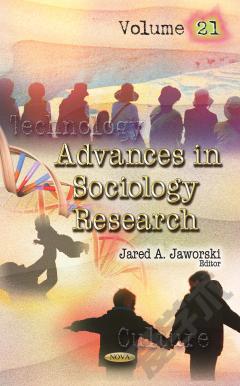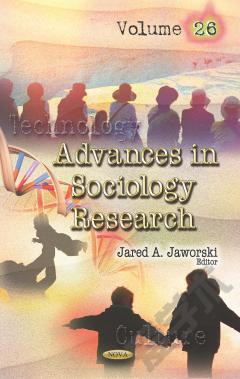Advances in Sociology Research. Volume 23
Lorenzo Todesco begins Chapter One by reviewing the positive and negative implications of the factorial survey method, which is applied to examine the social origins of human judgements, with the overall goal to reduce the negative ramifications of its procedural restrictions. Following this, Chapter Two by Michael E. Antonio, PhD and Anderson Amaya presents a study wherein an individual interview was used to gather data from soccer program participants in order to determine the program’s helpfulness in reducing criminal involvement and anti-social behaviors among at-risk youth. In Chapter Three, Chau-kiu Cheung studies the correlation between doping, suicide risk, and morbidity through survey data collected from 2,978 school-children. In Chapter Four, Yung Yau, Daniel Chi Wing Ho, and Ruoshi Li explore a survey conducted in both Hong Kong and Macau to further examine the way structural, intrapersonal, and interpersonal constraints effect homeowner participation. Next, Chapter Five by Gönül Oğuz presents data from the European Commission and the Organisation for Economic Co-operation and Development that exemplifies the way in which the impact of economic crisis on unemployment is more distinct on migrants than the impact on natives. In Chapter Six, Cherise Charleswell discusses the importance of involving researchers in non-governmental agencies and non-profit organizations to provide studies that could enhance their operations. Dianne Dentice discusses William Pierce, the founder of the neo-Nazi group, and the way his ideas continue to resonate with new generations of white supremacists, in Chapter Seven. Next, Chapter Eight by Owolabi Ademola Benjamin, PhD, discusses the unavoidability of politics due to power and influence inequality. In Chapter Nine, Laura M. Nunes, Sara Beça, and Maria Alzira P. Dinis present a study on drug trafficking and abuse in universities, with the goal of better comprehending the issue. Chapter Ten by Laura M. Nunes, Sónia Caridade, and Ana Sani explores the functioning of schools and their various facets.
{{comment.content}}








 京公网安备 11010802027623号
京公网安备 11010802027623号